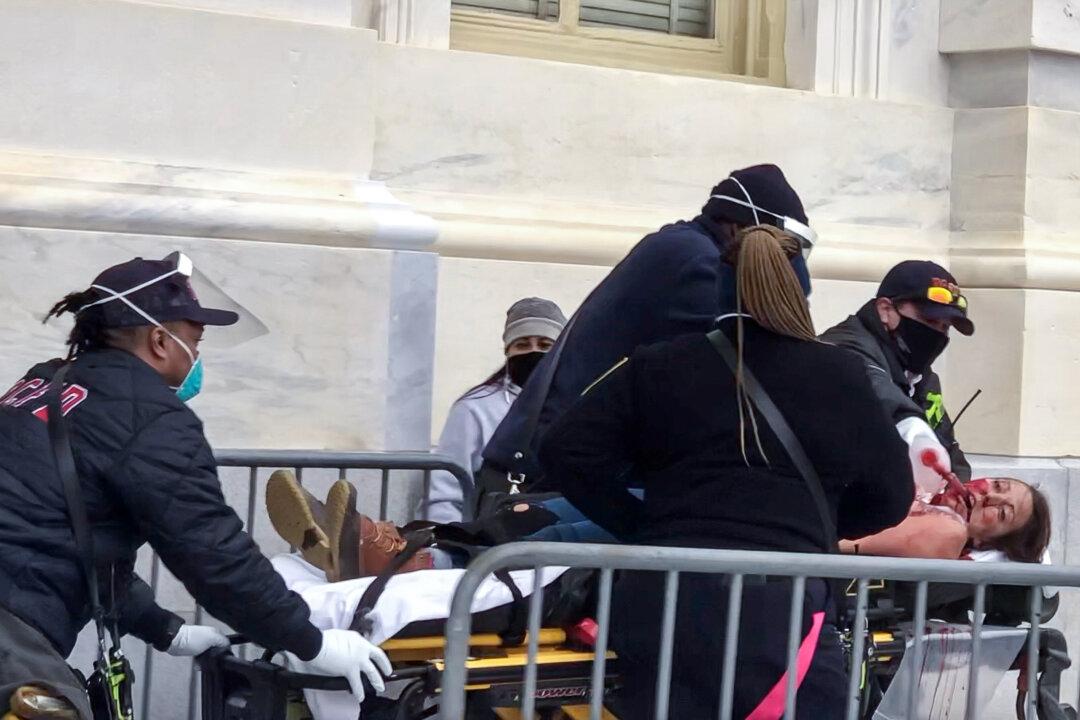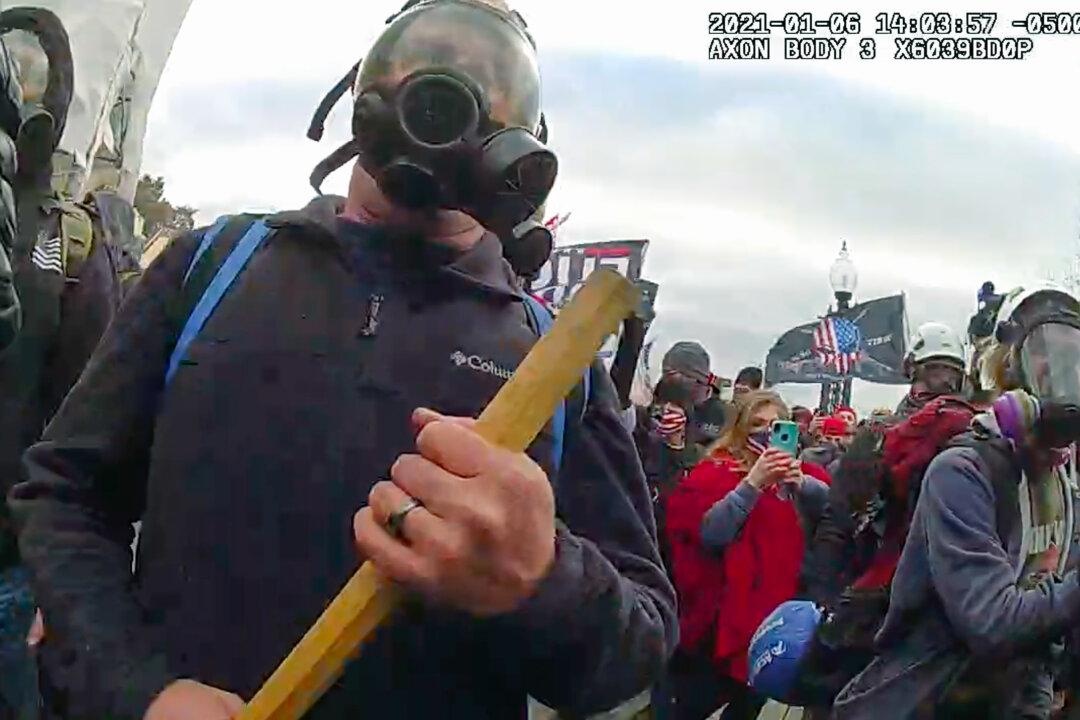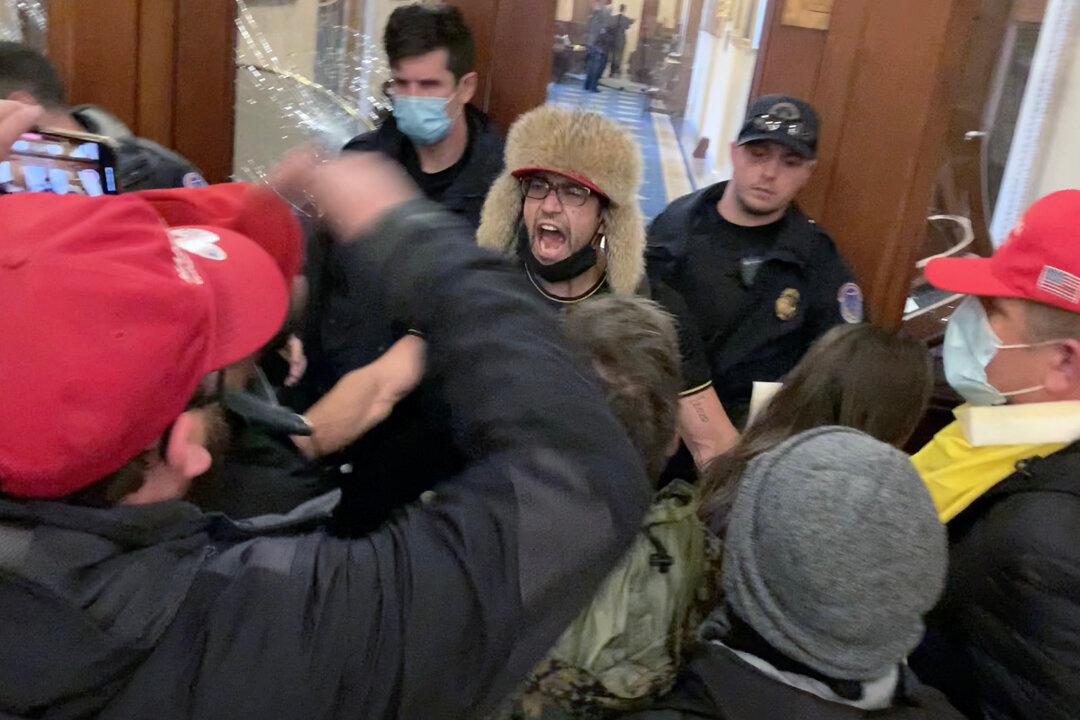Judicial Watch has filed a $30 million wrongful death lawsuit for the Jan. 6, 2021, killing of Air Force veteran Ashli Babbitt by U.S. Capitol Police Lt. Michael Byrd.
The suit, filed in federal court in San Diego, accuses Mr. Byrd of multiple counts of negligence that resulted in Ms. Babbitt’s death by a gunshot wound to her left anterior shoulder.





